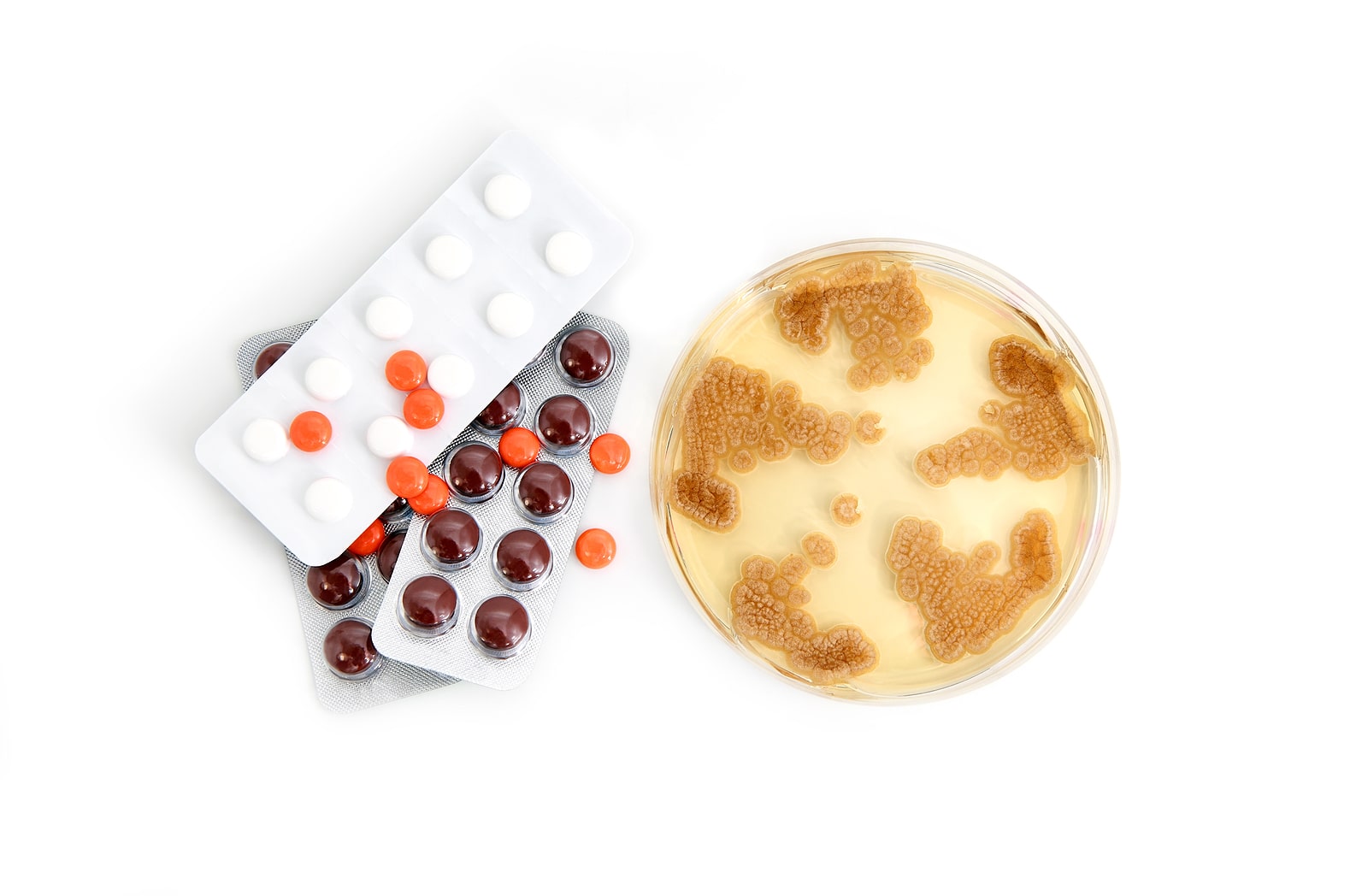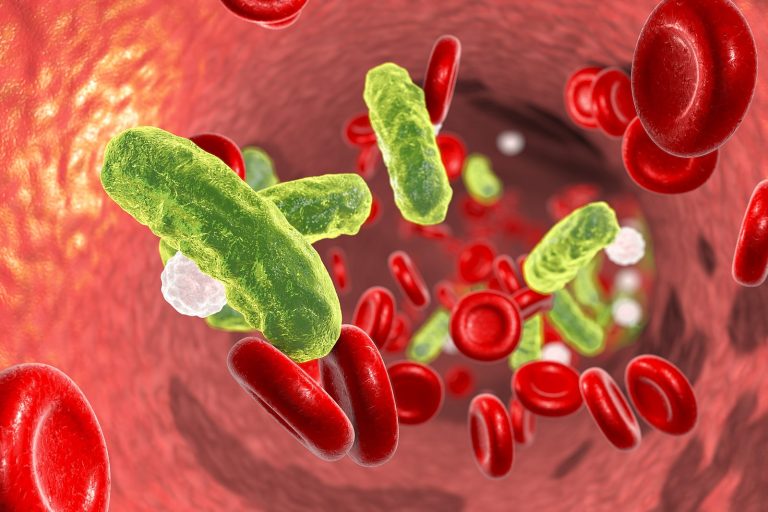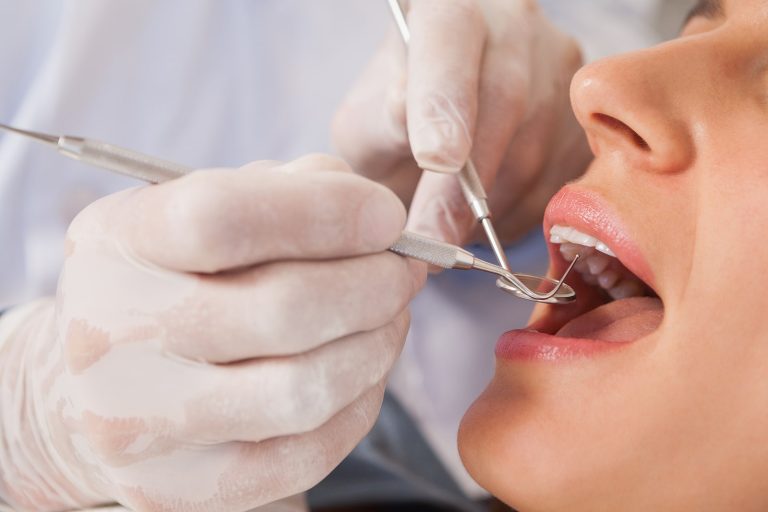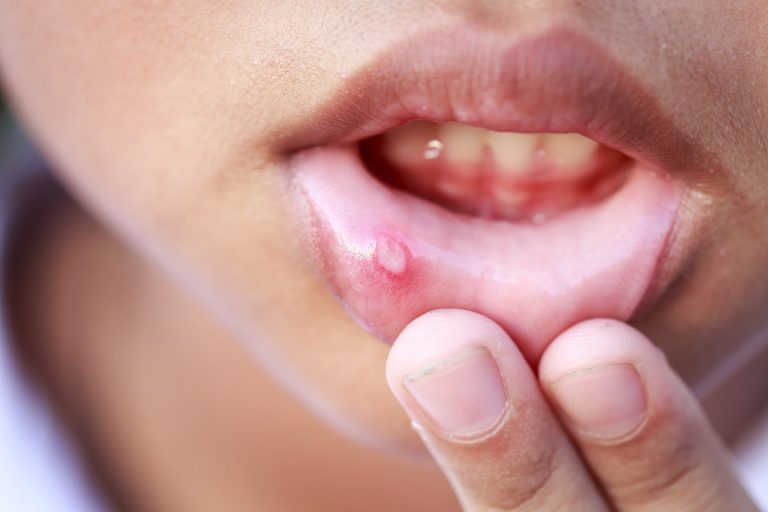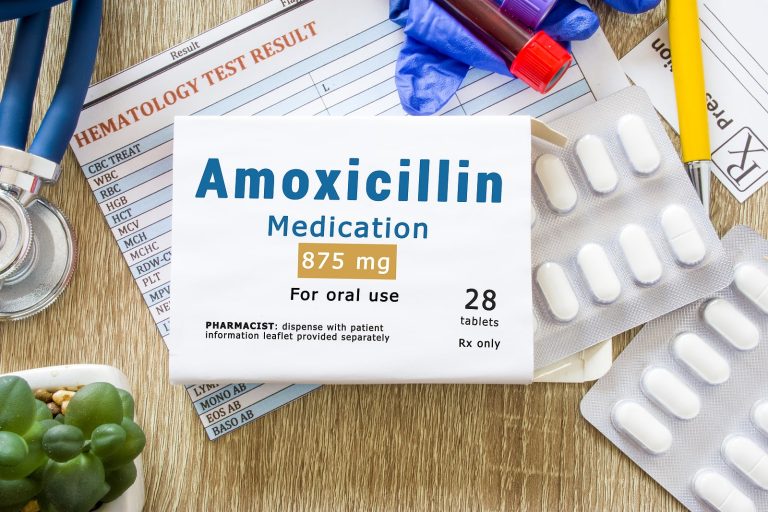If you are suffering from a dental abscess and cannot get an appointment to see a dentist to have it treated quickly, there is a danger that the infection could get out of control. That is when you will need antibiotics.
There is no better thing to do at this point than to buy amoxicillin, which is a very effective means of treating the infection. Not only can it prevent a lot of pain and swelling, but it also protects you against the risk of the infection spreading and developing into sepsis, which can be life-threatening.
By its very name, amoxicillin sounds like it has a close relationship with penicillin. However, the two are not quite one and the same. It can be useful to understand what is different and just how this can impact you and your treatment.
From Mouldy Bread To Prescription Drug
In modern times, penicillin might be taken in tablet or capsule form, but before it was discovered by Alexander Fleming in 1928, it and very similar treatments had been delivered through the use of mouldy bread.
How exactly it was first discovered that such a thing could have curative properties is not clear, but evidently, something was having an effect of warding off infections and was incorporated into the medicinal practices of many cultures in ancient times. The origins of antibiotics are, therefore, not very clear-cut.
Even Fleming’s discovery of Penicillin was accidental, even though the curative properties were subsequently established by scientists like Ernst Chain and Howard Florey, who set out to do what Fleming’s colleagues had declined to even try to do, which was to learn how to cultivate it as a potential medicine.
Their success gave us the first working antibiotic in the 1940s, but it certainly wasn’t delivered by means of mouldy bread. By now, however, in a world of microscopes, petri dishes and detailed chemical analysis and experimentation, they knew just what they were dealing with.
The Next Step: Amoxicillin
However, it was not simply a case of declaring that a new wonder drug had been developed and using it as a weapon against every infection. Further research saw penicillin being refined, adapted and synthesised. This is where amoxicillin comes into the picture.
While penicillin in its pure form remains essentially the same mould that Alexander Fleming found lurking in a petri dish, Amoxicillin is a partly-synthesised version of the same thing. It became available in 1972.
The chief difference is that Amoxicillin is essentially Penicillin 2.0, adapted to be more powerful and able to treat more severe infections as well as a wider range of bacteria. One reason for this is the problem that ultimately threatens all antibiotics in the long run: increased antibiotic resistance.
Whereas a growing number of bacteria have emerged that can resist Penicillin in a way that their ancestors could not, amoxicillin will still kill them off. This means that for tooth abscesses and many other infections, amoxicillin is a more potent weapon in the fight than Penicillin.
The Common Allergy Myth
The similarity of Amoxicillin does mean, however, that the side effects of taking it can be very similar. For most people, these are mild and it is important not to regard something like a mild rash as being a significant allergic reaction.
Anyone who is allergic to penicillin is likely to be allergic to amoxicillin as well and this can be serious, but the problem may be greatly exaggerated. In recent years, attention has been drawn to the fact that most people who have been told they are allergic to penicillin are not.
Studies have shown that while around one in ten people believe or have been told they have a penicillin allergy, only around one per cent (or maybe fewer still) actually have an allergy. That means if you have been told you have an allergy, there is a 90 per cent chance you haven’t. That means you could take penicillin or amoxicillin perfectly safely.
This brings us back to the reason you are most likely to be reading this blog. If you have a dental abscess and you can’t get to a dentist very fast, amoxicillin could prove to be just the treatment you need to hold the infection at bay, keeping the swelling down and preventing it from becoming something far worse indeed.
For this, you may indeed thank Alexander Fleming, not to mention Messrs Chain and Florey, but also the researchers who had the foresight to use synthesising technology to develop a new penicillin family drug that can work more effectively against bugs that could otherwise linger, and leave you with a lot more discomfort and wider danger to your health.

